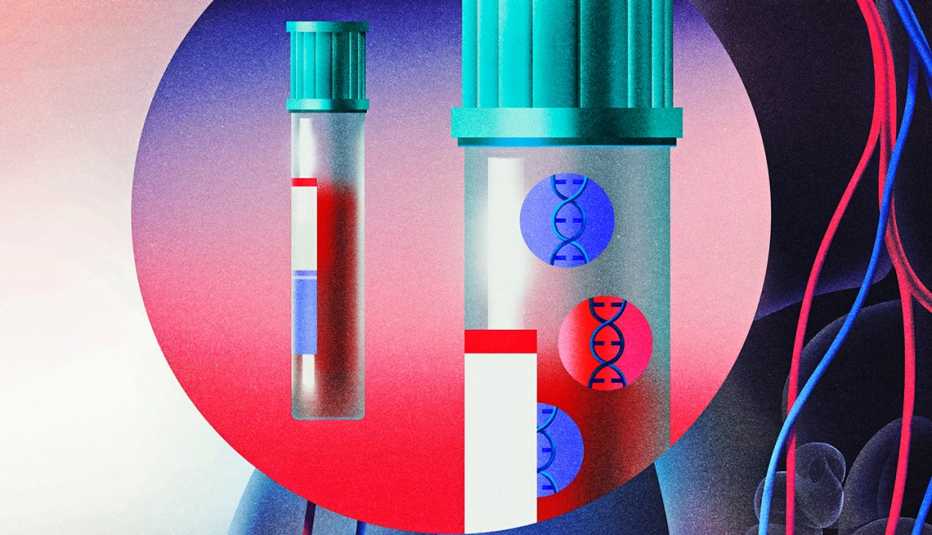Staying Fit
Overall, cancer deaths have declined year over year in the United States, but the disease remains a major killer among men and women — second only to heart disease. The latest projections from the American Cancer Society (ACS) estimate 609,820 cancer deaths in 2023 — roughly the population of Baltimore — or 1,670 per day.
Lung cancer continues to top the list of cancer deaths for men and women. It is expected to claim 127,070 lives in 2023, nearly 2.5 times more than the number two killer — colorectal cancer, according to estimates from “Cancer Statistics, 2023” in the American Cancer Society’s (ACS) journal CA: A Cancer Journal for Clinicians.


AARP Membership— $12 for your first year when you sign up for Automatic Renewal
Get instant access to members-only products and hundreds of discounts, a free second membership, and a subscription to AARP the Magazine.
For men, the five cancers causing the most deaths are cancers of the lung, prostate, colon, pancreas and liver. For women, the most common cancer deaths are from lung, breast, colon, pancreas and ovarian cancers. Early detection through screenings and improved treatments helped reduce the cancer death rate, the ACS says, but the largest factor has been a decrease in cigarette smokers in the United States. Still, smoking accounts for about 8 of 10 lung cancer deaths, according to the ACS report.
Hope and fear
Since peaking in 1991, cancer death rates have fallen 33 percent, averting an estimated 3.8 million deaths, according to the report that is available in a PDF format, Cancer Facts & Figures 2023, and on the Cancer Statistics Center, an interactive website.
Among the promising findings, ACS found that from 2012 through 2019, there has been a 65 percent reduction in cervical cancer rates among younger women that correlates with the introduction of the human papillomavirus (HPV) vaccine. Nearly all cervical cancers are caused by HPV, a group of more than 200 related viruses. Getting the HPV vaccine could protect against more than 90 percent of the cancers caused by the virus, according to the National Institutes of Health.
“The large drop in cervical cancer incidence is extremely exciting because this is the first group of women to receive the HPV vaccine, and it probably foreshadows steep reductions in other HPV-associated cancers,” Rebecca Siegel, senior scientific director of surveillance research at the ACS and the lead author of the report, said in a statement.
More worrisome was that after two decades of decline, the death rate for prostate cancer increased 3 percent per year from 2014 through 2019. ACS suggests the disease is not being caught as early as it should.






































































